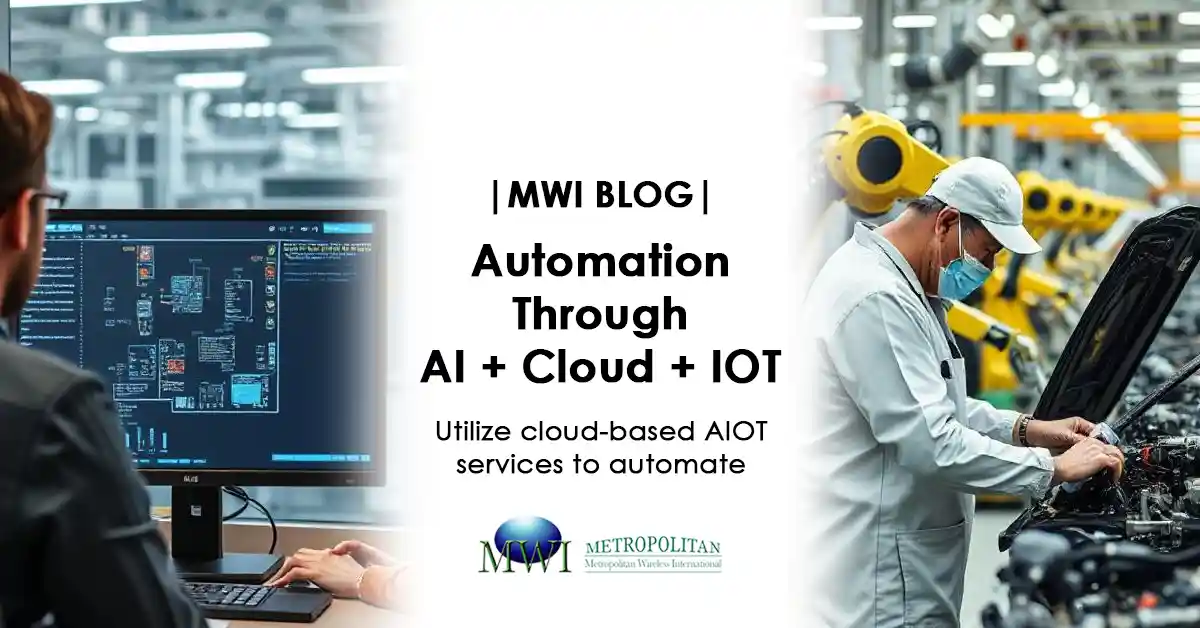Introduction: Cold Chain Is Evolving—Again
The cold chain industry has made great strides—from manual record-keeping to IoT-enabled temperature tracking. But a new frontier is emerging: the convergence of AI, Cloud, and IoT to enable autonomous cold chain operations.
This evolution isn’t just about convenience—it’s about precision, efficiency, and resilience in the face of rising complexity and stricter compliance demands.
From Reactive to Predictive to Autonomous
Today’s best-in-class cold chains have already moved from reactive incident response to predictive monitoring, powered by historical trends and real-time data.
The next leap? Autonomous operations where AI-driven decision engines take proactive action without human input:
-
Automatically adjust freezer temperature based on door-open frequency
-
Redirect shipments to alternate storage during equipment failure
-
Optimize delivery routes based on real-time product conditions and weather
The Building Blocks: IoT, Cloud, and AI

Let’s break down the three essential pillars driving autonomous cold chain systems:
🌐 IoT Sensors: Real-Time, Ground-Level Data
IoT devices track key variables like:
-
Temperature and humidity
-
GPS location
-
Equipment performance (e.g., compressor status)
This sensor-level visibility is the foundation of data-driven operations.
☁️ Cloud Platforms: Scalable Data Processing
The cloud provides:
-
Centralized data collection across facilities and fleets
-
Real-time dashboards and historical logs
-
Secure storage and data backup for compliance
It enables remote management and instant insights, anywhere, anytime.
🤖 AI & Machine Learning: Intelligence Layer
AI interprets patterns in cold chain data to:
-
Predict failures before they occur
-
Optimize energy usage
-
Identify anomalies in performance
-
Trigger automated workflows (e.g., alerts, defrost cycles, route changes)
AI takes the cloud’s information and turns it into actionable decisions—fast.
Use Case: AI in Vaccine Logistics
Consider a vaccine distribution network. AI models trained on storage patterns can:
-
Flag minor temperature drift that often precedes equipment failure
-
Predict when backup power might not be enough during transport
-
Reroute shipments if weather threatens to impact cold storage trucks
This means fewer spoilage events, greater regulatory compliance, and more reliable supply chains—all without human micromanagement.
Benefits of an Autonomous Cold Chain
Here’s what operators gain by integrating AI + Cloud + IoT:
| Benefit | Impact |
|---|---|
| 📉 Reduced Spoilage | Fewer product losses from unnoticed fluctuations |
| ⏱️ Faster Response Times | Instant anomaly detection and automated action |
| 📈 Better Compliance | AI-generated audit logs & reporting |
| ⚡ Energy Efficiency | Optimized equipment usage and defrost cycles |
| 💰 Lower Labor Costs | Less manual intervention, more automation |
These aren’t future promises—they’re today’s opportunities.
Smarter Systems, Not Just Smarter Sensors
Autonomous systems can learn and improve over time. For example:
-
Learning optimal temperature setpoints for different SKUs
-
Detecting patterns in staff activity that lead to door-open events
-
Predicting high-risk zones within a warehouse based on airflow data
This turns your cold chain from a passive system into a self-optimizing ecosystem.
Security and Governance Still Matter
With great automation comes great responsibility. An autonomous cold chain must still meet:
-
Data privacy standards (e.g., GDPR, HIPAA if medical)
-
Auditability with tamper-proof logs
-
Role-based access control to limit critical decisions
AI should assist, not replace, human oversight—especially in regulated industries.
The Future is Autonomous — Are You Ready?
Autonomous cold chain operations are no longer a theoretical concept. They’re becoming a competitive edge for forward-thinking companies that want:
-
Real-time control at scale
-
Lower operational costs
-
Greater reliability and safety
The blend of AI, Cloud, and IoT isn’t just an upgrade. It’s a shift in how cold chains are designed, managed, and evolved.
Other Blogs
Food Storage
Medical Storage
IT Equipment
Server room temperature & humidity monitoring


